When choosing your new mountain bike tires, the first thing to know is the size and width of the tires you are currently using. If you do not know them, we give you the instructions in our guide to the basics of tires and inner tubes , because the first indications are given directly by the tires you are using at the moment.
If you know your tire size and width, you are halfway there. Now is the time to find out what kind of tires you are using.
Clincher tires (standard, inner tube tires, also called Clinchers). The most common tires on entry-level and mid-range bikes.
The system relies on an inner tube between the tire and the rim. When you inflate it using the valve, the pressure pushes the tire into position on the rim and locks the rigid bead to the rim groove.
You can find two types of tube tires: rigid bead tires and flexible bead tires. The rigid bead is made of steel, the flexible one of Kevlar. It’s easy to tell the two apart: you can bend a folding tire, but not a rigid bead tire.
Here are their advantages and disadvantages:
Tubeless tires . Standard on high-end and upper mid-range mountain bikes. Not all mid-range mountain bikes have tubeless tires, but their rims may be compatible; in this case, we are talking about a tubeless ready rim .
The system is very similar to the traditional tire and rim, but tubeless. To keep the air you need a tire, a rim and a tubeless valve, and a so-called preventive liquid to seal punctures.
If you want to change the type of tire, here is a comparison of the two:
Repair of punctures. Tubeless tires are better for small punctures because their sealant seals them. In the event of a larger puncture (holes, cracks), it is easier to change an inner tube.
Traction, control and/or comfort. Tubeless tires are better here, as they allow you to ride with very low pressure without risking a pinch flat, as shown in the image below:
First you should know that while you can use an inner tube on a tubeless rim, a tubeless tire cannot be used on a conventional rim. There are subtleties to be developed here, but we will leave them for a future article.
We will now go into the details of the most common tire widths in mountain biking: this is an important factor in choosing the right tire for the right practice.
The most common tire widths in mountain biking
For each discipline there is a range of widths to suit different terrains and circumstances. The greater the difficulty, the wider the tire must be.If you want to switch to wider tyres, remember two things.
The combinations of an endless list of tread designs with multiple compounds and different casing TPIs offer such variety that you are bound to find the right tire for the right practice.
The design and arrangement of the lugs of the tire determine the direction in which you should mount it. An arrow usually shows you the rolling direction. Some mountain bike tires have two arrows: “Front” (or Avant) designating the direction for the front wheel, and “Rear” (or rear) for the rear wheel.
The tread is divided into three zones: center (the center), transition (the intermediate zone), cornering (the side, named after the English word for cornering because it comes into contact with the ground when cornering ) .
The tire will be adapted for a particular terrain and/or for a specific practice depending on the size of its studs, their shape, their orientation, their spacing and their arrangement in the three parts of the tread. Here are some general concepts:
Many riders use different tires in terms of front and rear lug width and size. For example: a wider front tire with deep lugs at the cornering for better grip, combined with a narrower rear tire with thinner lugs for more speed.
Basically, hard compound costs less, lasts longer and goes faster, so is used as the base for the entire tread and for the center of the tread. Soft rubbers offer better traction but last less, and are therefore mainly used in the cornering area, on the sides of the tire. There is a wide variety of rubbers, from the hardest to the softest, and everything in between. Manufacturers combine them to offer tires specific to each discipline, each terrain, all conditions and all styles.
The number of threads per square inch in the carcass. Tires with a higher TPI (above 100-120) are smoother and faster, but offer less puncture protection.
Low TPI casings (below 60) use thicker threads and more rubber. The result is a tougher and stiffer tyre, but also a slower one. They are mainly used in Enduro and downhill.
We hope this guide will help you choose the right tire for your type of mountain bike, the use you make of it, and the terrain you ride it on. Switching to the right tire has the potential to completely redefine the quality of your experience, reduce flats and/or improve control, comfort, handling and, most importantly, your safety.

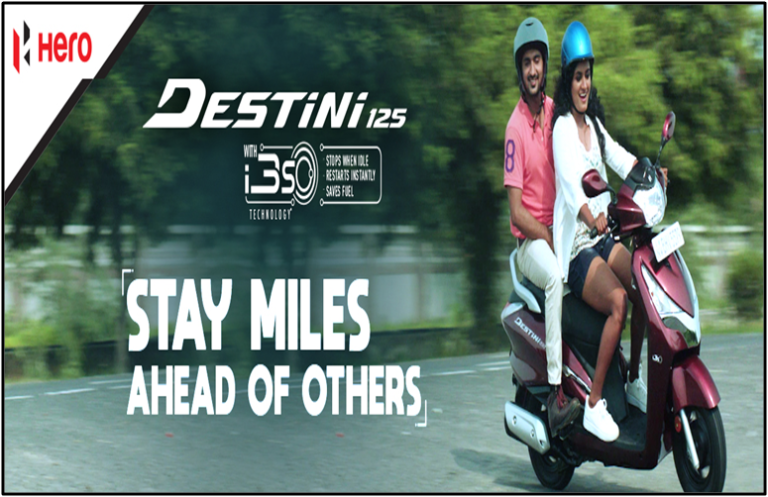
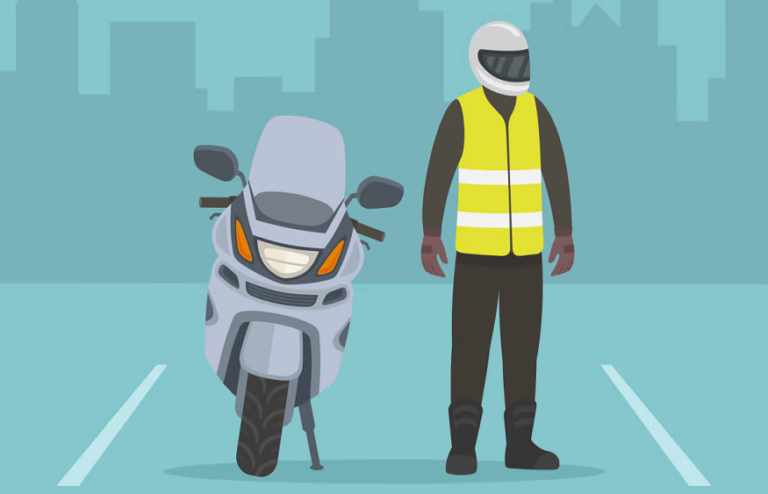
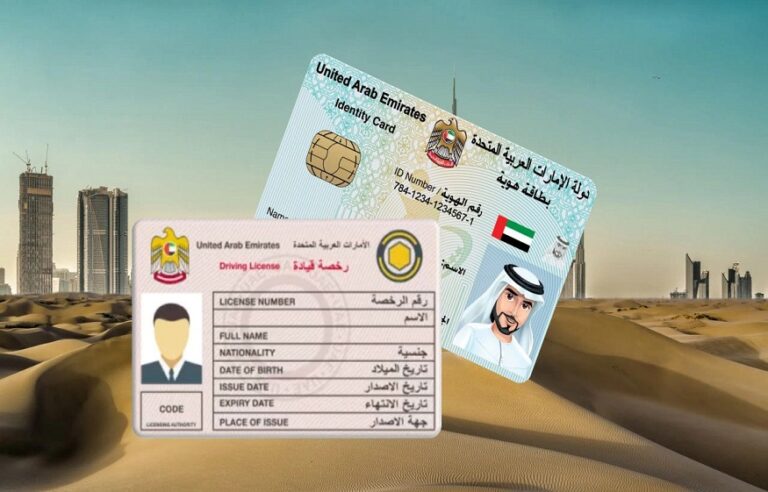
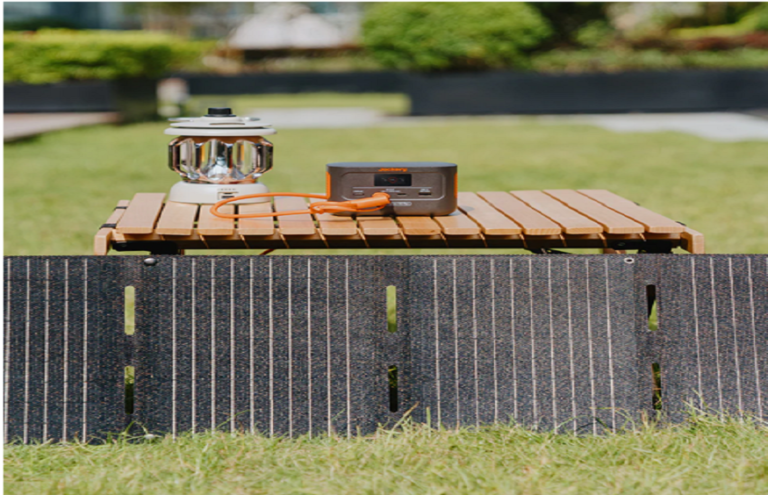
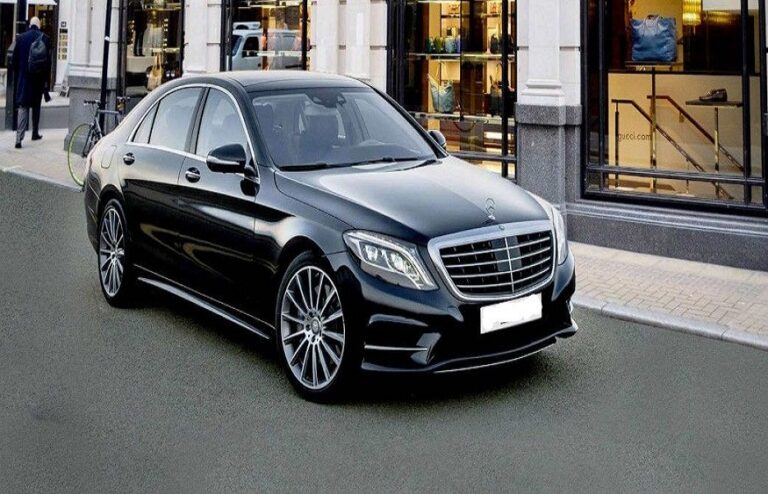
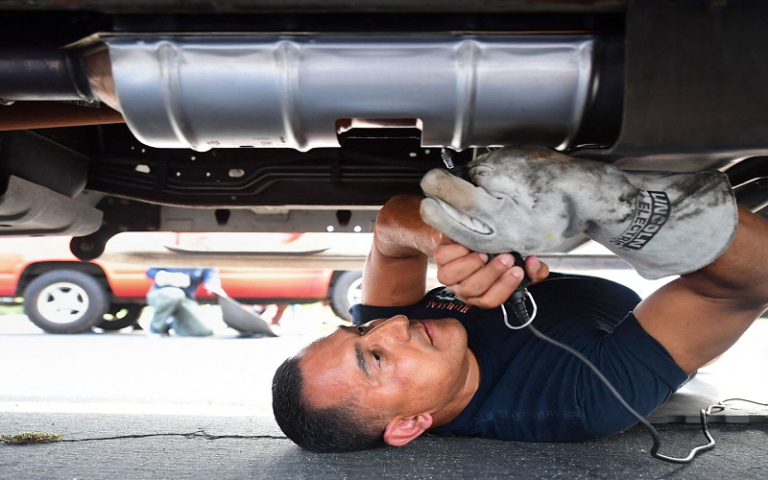




+ There are no comments
Add yours